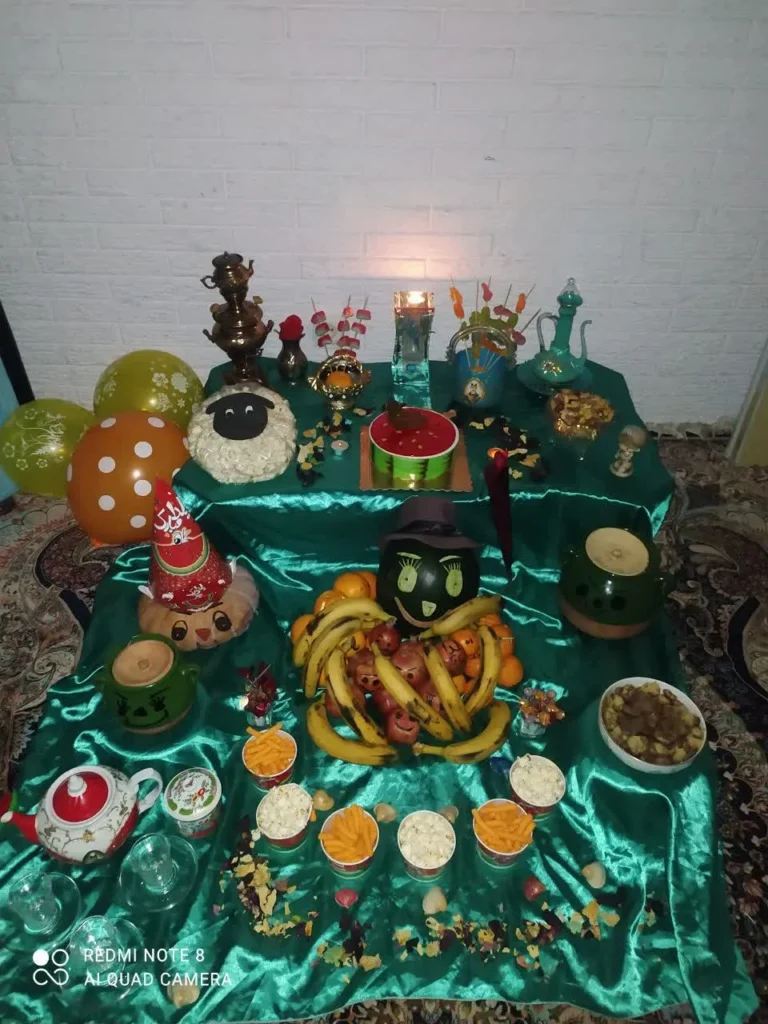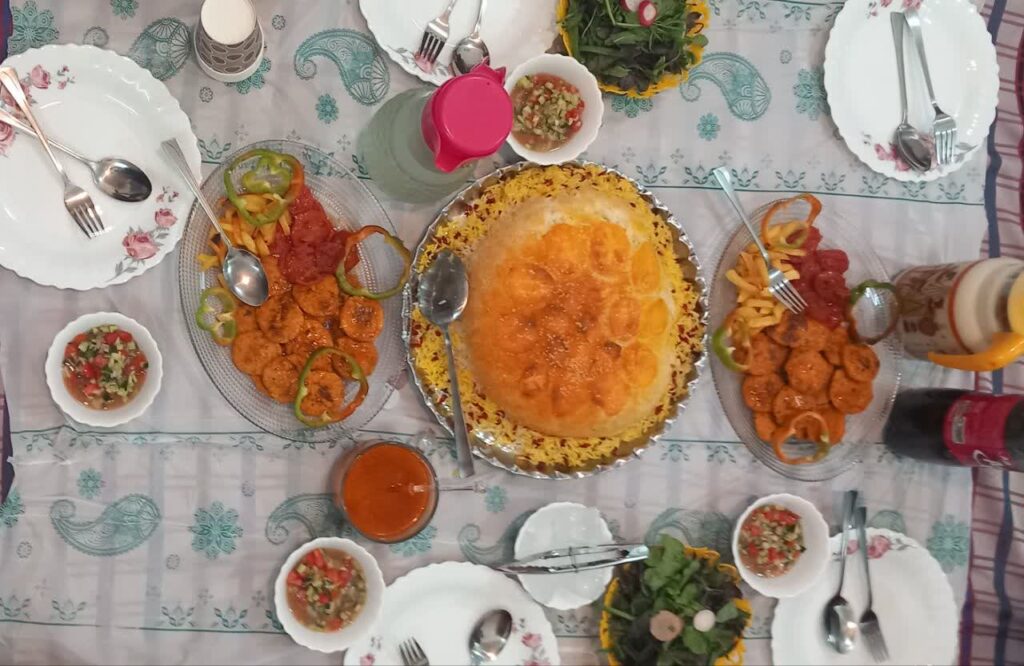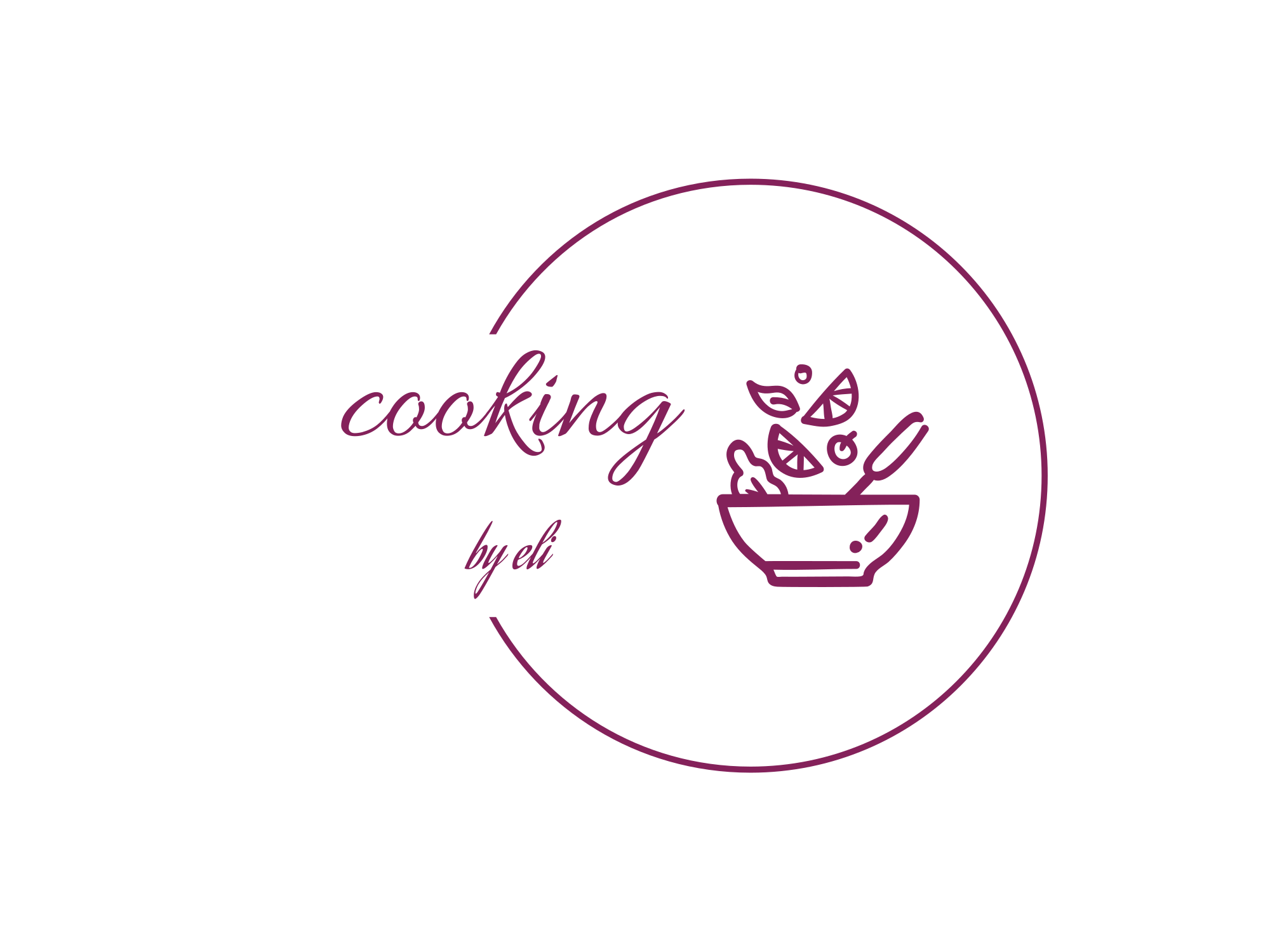Exploring the Warmth and Traditions of Iranian Gatherings
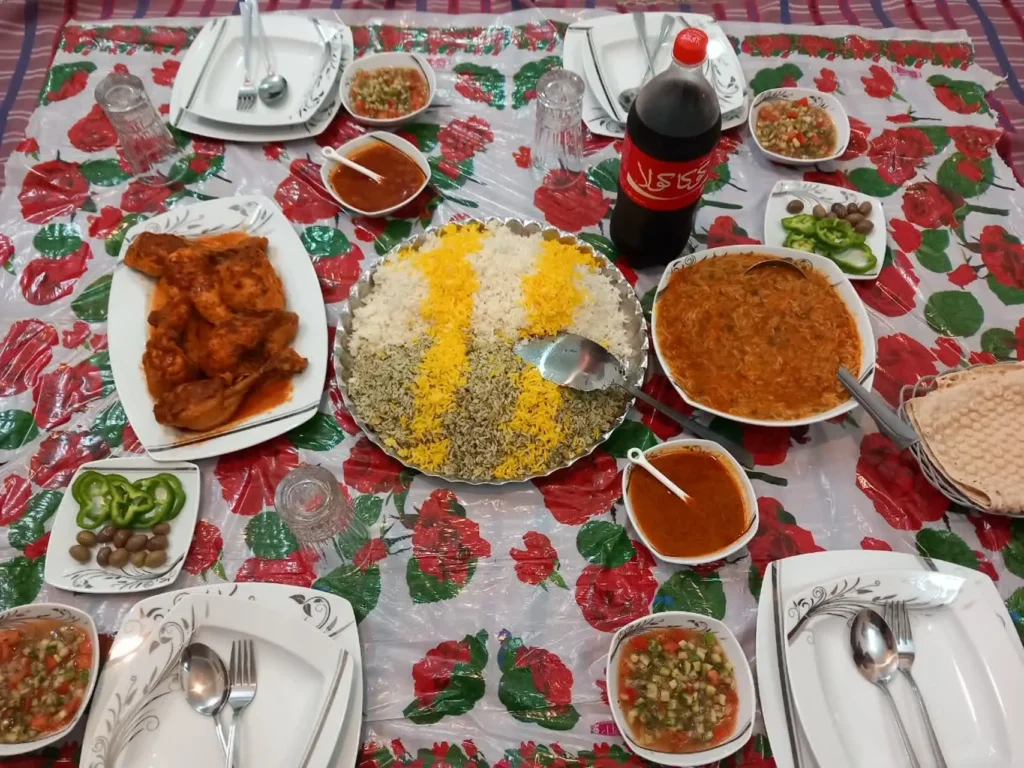
Iranians are renowned for their exceptional hospitality and an ingrained love for bringing people together. Whether it’s the vibrant spirit of a Nowruz celebration, the intimate warmth of a family dinner, or the casual joy of a get-together with friends, Iranian gatherings are consistently infused with an abundance of warmth, infectious laughter, and, of course, an array of delectable food. These events serve as an invaluable window into the very heart of Iranian culture, beautifully showcasing the profound importance placed on family bonds, a strong sense of community, and the enduring power of tradition. For an American audience, understanding these gatherings offers a unique opportunity to appreciate a culture that deeply values connection and shared experience.
The Cornerstone of Iranian Society: Family and Community
At the very core of Iranian culture lies the family unit. Consequently, the majority of gatherings are often intrinsically linked to familial occasions. These range from cherished weekly family dinners, which serve as regular touchpoints for connection, to more elaborate and festive celebrations marking significant milestones such as birthdays and anniversaries. These family gatherings are not merely social events; they are vital avenues for strengthening familial bonds, fostering intergenerational understanding, and ensuring the continuity of traditions. Beyond the immediate family, community plays an equally significant role. Iranians frequently come together with friends and neighbors, transforming everyday social interactions into cherished communal events. This emphasis on collective well-being and shared experiences creates a rich tapestry of social connection that is fundamental to Iranian life.
Nowruz: The Timeless Celebration of Persian New Year
Among the most significant and universally celebrated holidays in Iran is Nowruz, the Persian New Year. This auspicious occasion marks the arrival of spring, occurring on the vernal equinox, a time of natural renewal and fresh beginnings. Nowruz is a period dedicated to introspection, reflection on the year past, and enthusiastic celebration of the year ahead. A central element of Nowruz traditions is the meticulous decoration of the Haft-Sin table. This symbolic arrangement features seven items, each beginning with the Persian letter ‘seen’ (س), representing different aspects of life, such as rebirth, health, prosperity, and sweetness. Families come together to set up and admire this table, a visual representation of their hopes for the new year. The celebration extends to visiting relatives and friends, a practice known as did o bazdid, where gifts are exchanged, and traditional festive foods are savored, reinforcing familial and social ties.
A Culinary Odyssey: The Heart of Iranian Gatherings
Food is not merely sustenance in Iranian culture; it is an art form and an indispensable component of any gathering. Iranian cuisine is celebrated globally for its vibrant and complex flavor profiles, its masterful use of aromatic spices, and its visually stunning and colorful presentation. A typical Iranian meal, especially at a gathering, is a veritable feast. It usually features a foundation of perfectly cooked rice, often served in various fragrant preparations, accompanied by succulent kababs (grilled meats), rich and flavorful stews, and fresh, crisp salads. Among the many beloved dishes that grace the tables of Iranian homes and celebrations are:
Ghormeh Sabzi: This iconic stew is a true testament to the depth of Persian flavors. It is a slow-cooked delight made with a medley of finely chopped fresh herbs (such as parsley, cilantro, fenugreek, and chives), tender kidney beans, and chunks of lamb or beef, all simmered to perfection. The resulting dish is deeply savory with a slightly tangy note.
Kabab Koobideh: Perhaps the most recognized Iranian kabab, Koobideh consists of finely ground meat, typically lamb or beef, mixed with finely grated onions and a blend of aromatic spices. The mixture is then expertly shaped onto wide skewers and grilled over charcoal, resulting in a juicy, flavorful, and irresistibly tender kabab.
Fesenjan: This is a uniquely rich and luxurious stew, originating from the northern regions of Iran. Its distinctive character comes from a base of finely ground walnuts and concentrated pomegranate molasses, which imparts a delightful sweet and tangy flavor. Chicken or duck is commonly used as the protein, slow-cooked in this exquisite sauce.
Zereshk Polo ba Morgh: A visually stunning and equally delicious dish, this translates to barberry rice with chicken. The saffron-infused basmati rice is studded with dried barberries (zereshk), which offer a delightful tartness that perfectly complements the sweet undertones of the rice. Served alongside is tender, often saffron-braised chicken, creating a harmonious and elegant meal.
No Iranian gathering, however, is truly complete without the ubiquitous presence of tea. Known as chai, tea is not just a beverage; it’s a ritual. It is served throughout the day, often in delicate glass cups, and is invariably accompanied by a selection of traditional Iranian sweets. These can include flaky baklava, the nougat-like gaz, and the caramel-like sohan, each offering a unique textural and sweet experience that perfectly complements the warm, comforting tea.
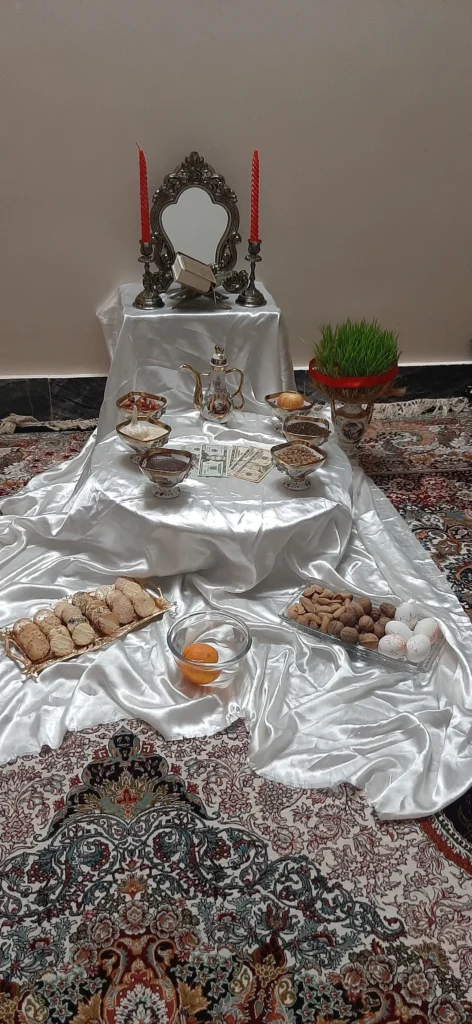
The Rhythmic Heartbeat: Music and Dance as a Celebration of Life
Music and dance are integral to the vibrant atmosphere of Iranian celebrations, providing a rhythmic and expressive dimension to the festivities. Traditional Iranian music is characterized by its sophisticated melodic structures, intricate rhythmic patterns, and a profound emotional depth. A rich array of traditional instruments forms the backbone of this musical heritage, including the santur (a hammered dulcimer), the tar (a long-necked lute), and the daf (a large frame drum). These instruments, often played with virtuosic skill, create a soundscape that is both captivating and deeply moving. Dancing is also a popular and cherished activity at Iranian gatherings, with attendees of all ages often joining in. Both traditional folk dances, which tell stories and reflect regional identities, and contemporary dance styles are enthusiastically enjoyed, reflecting a dynamic blend of heritage and modern expression. The collective movement and shared rhythm further enhance the sense of joy and unity.
The Essence of Welcome: Hospitality as a Core Value
Hospitality (mehman-navazi) is not merely a custom in Iranian culture; it is a deeply ingrained core value, a matter of honor and pride. Guests are consistently welcomed with open arms, treated with the utmost respect, and made to feel like cherished members of the household. It is customary for hosts to offer guests a continuous stream of refreshments, starting with tea, followed by an assortment of snacks, fruits, and ultimately, a full meal. Iranians take immense pride in their ability to make their guests feel comfortable, at ease, and truly at home, anticipating their needs and ensuring their utmost satisfaction. This generous and heartfelt approach to hosting is a defining characteristic of Iranian social interactions.
The Art of Connection: The Power of Conversation
Conversation is a vital and highly valued element of Iranian gatherings. Iranians possess a genuine love for engaging in lively and intellectually stimulating discussions that span a wide spectrum of topics. These conversations can range from insightful analyses of politics and current events to passionate debates about art, literature, poetry, and philosophy. Storytelling is also a cherished pastime, particularly among elders, who often share captivating personal anecdotes and historical narratives from their lives and the past. These oral traditions not only entertain but also serve to transmit cultural knowledge, values, and wisdom to younger generations, fostering a sense of continuity and shared heritage.
Navigating the Occasion: Dress Code and Etiquette
The appropriate dress code for Iranian gatherings naturally varies depending on the nature and formality of the occasion. For more formal events, such as weddings, elaborate parties, or important celebrations, women typically opt for elegant and stylish dresses, often in rich fabrics and vibrant colors, while men are usually seen in smart suits or formal attire. For more casual gatherings, such as intimate family dinners or friendly get-togethers, the dress code is understandably more relaxed, encouraging comfortable yet presentable clothing. Regardless of the specific attire, it is always important to demonstrate respect for Iranian customs and traditions. A fundamental aspect of etiquette when visiting an Iranian home is the custom of removing your shoes at the entrance, a sign of respect for the cleanliness and sanctity of the living space.
The Evolving Landscape: Modern Iranian Gatherings
While the cherished traditional Iranian gatherings continue to thrive and hold significant cultural importance, it’s also important to acknowledge that modern Iranian gatherings are dynamically evolving. Contemporary Iranian society, like many others, is increasingly influenced by global trends. Consequently, Iranians are incorporating Western influences into their celebrations. For example, it is now quite common to see Western music and contemporary dance styles featured at Iranian parties, alongside or even interspersed with traditional elements. However, despite these evolving expressions, the fundamental and enduring core values of family, community, and heartfelt hospitality remain steadfastly at the heart of every Iranian gathering, ensuring their unique cultural essence is preserved.
Embarking on the Experience: How to Witness Iranian Gatherings
For those in an American audience who are keen to personally experience the warmth and richness of Iranian gatherings, there are several accessible avenues. Attending local Iranian cultural events, often organized by community centers or cultural associations, provides a fantastic opportunity to immerse yourself in the traditions. Visiting Iranian restaurants can also offer a glimpse into the cuisine and social atmosphere. Perhaps the most direct and rewarding way to truly understand Iranian gatherings is to connect with Iranian friends, neighbors, or colleagues. By accepting invitations and participating actively, you can gain a deeper, firsthand understanding and appreciation for the unparalleled warmth, boundless hospitality, and cherished traditions that define Iranian gatherings.
In Conclusion: A Tapestry of Connection and Joy
In essence, Iranian gatherings are far more than just social events; they are profound celebrations of life itself, deeply rooted in the enduring bonds of family and the strength of community. They offer an invaluable and intimate glimpse into the rich cultural tapestry and time-honored traditions of Iran. By experiencing these gatherings, whether directly or through understanding their significance, you can truly discover the exceptional warmth, unwavering hospitality, and inherent generosity that characterize the Iranian people. These gatherings are a testament to a culture that thrives on connection, shared joy, and the simple, profound act of bringing people together.
